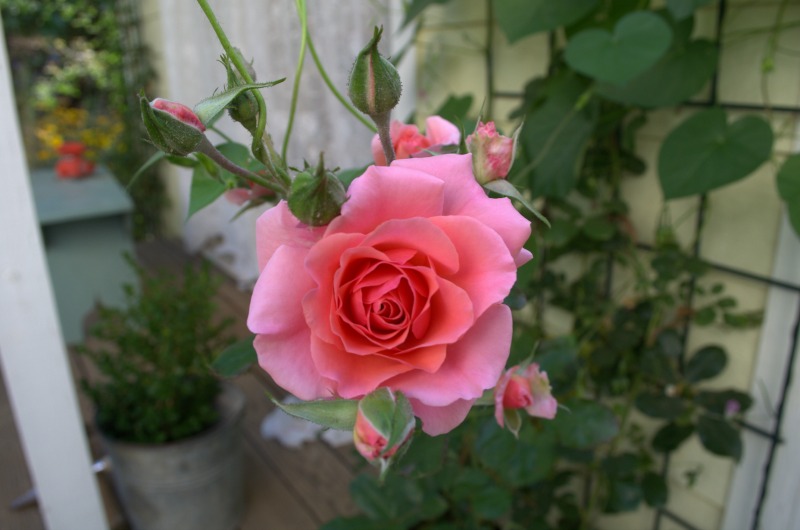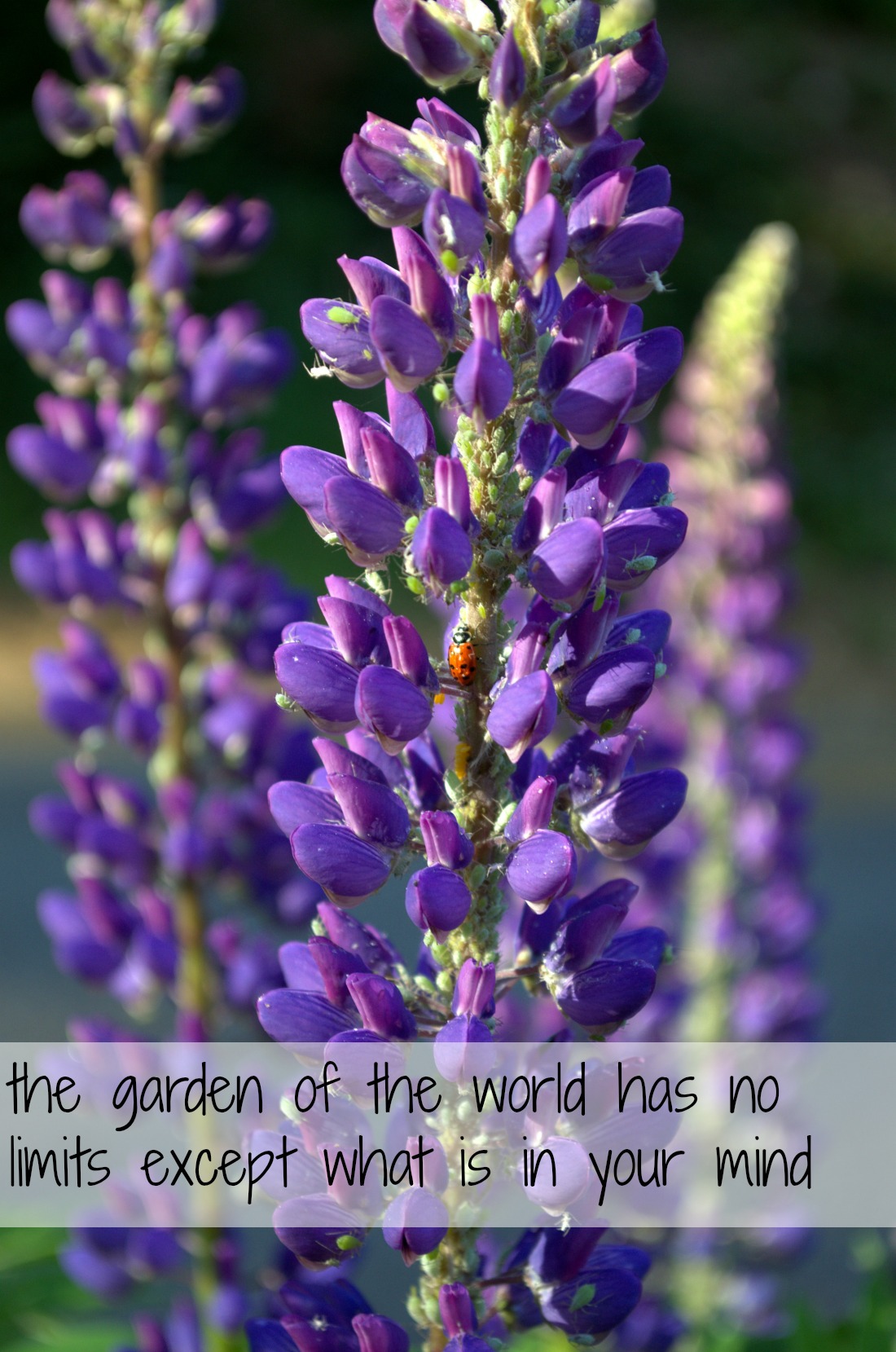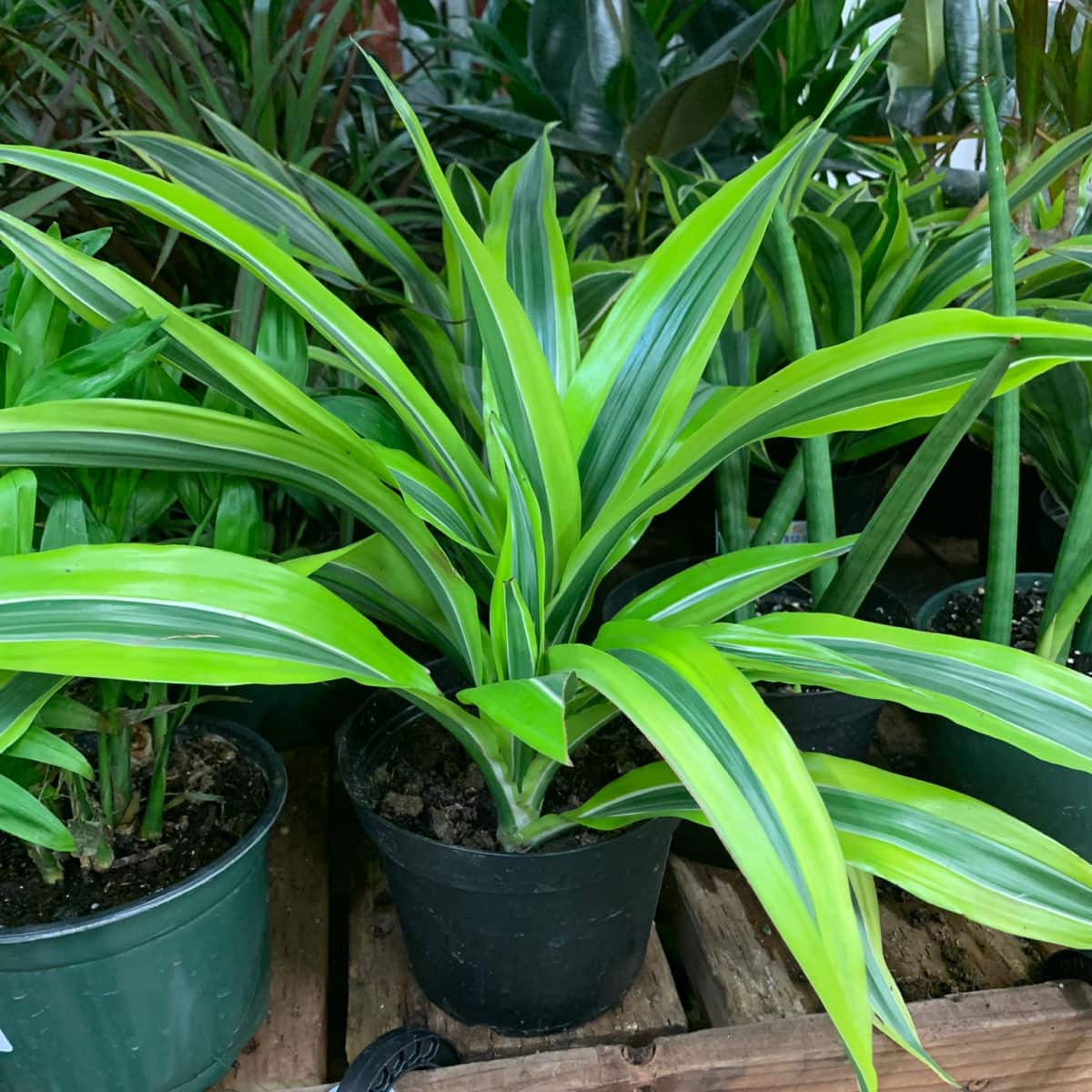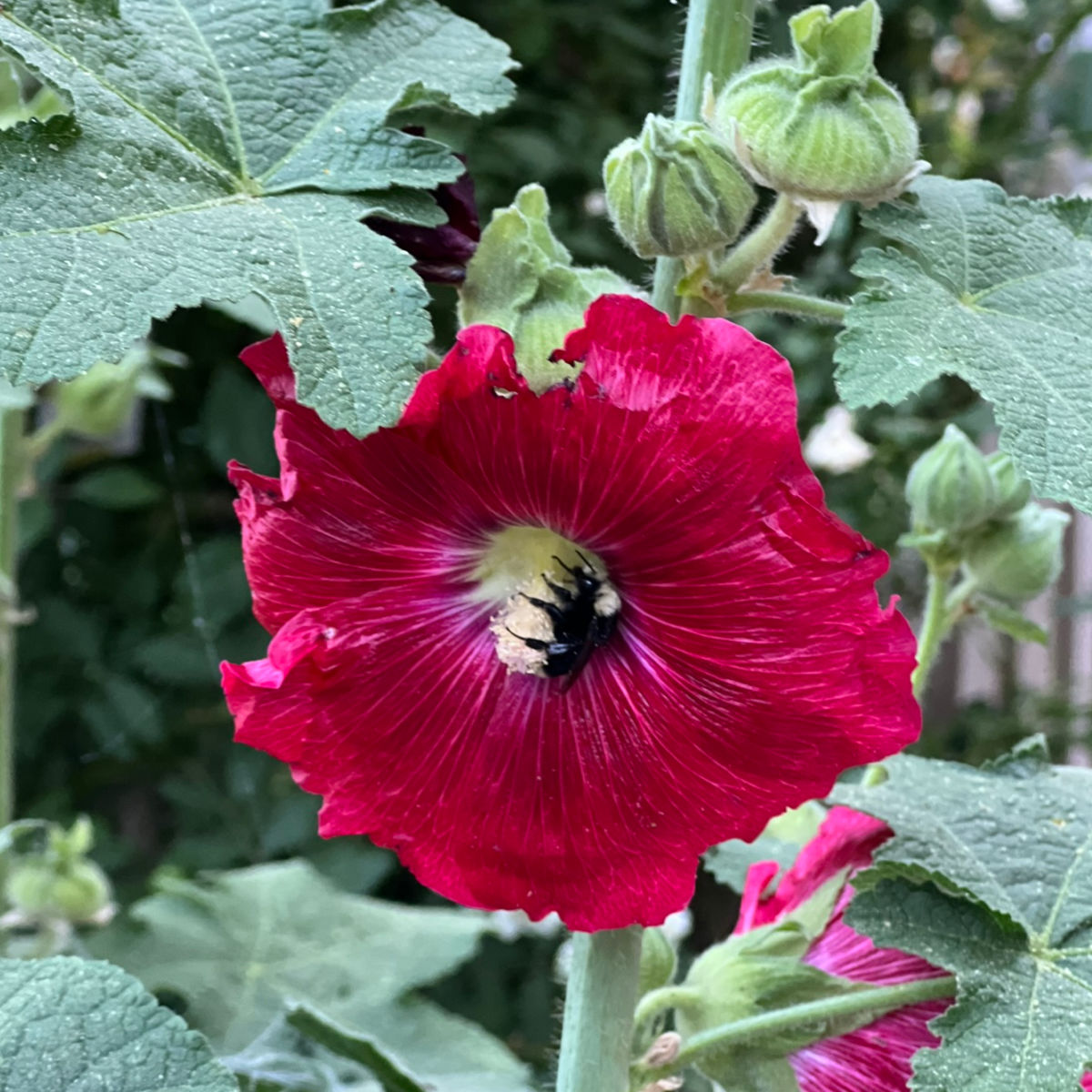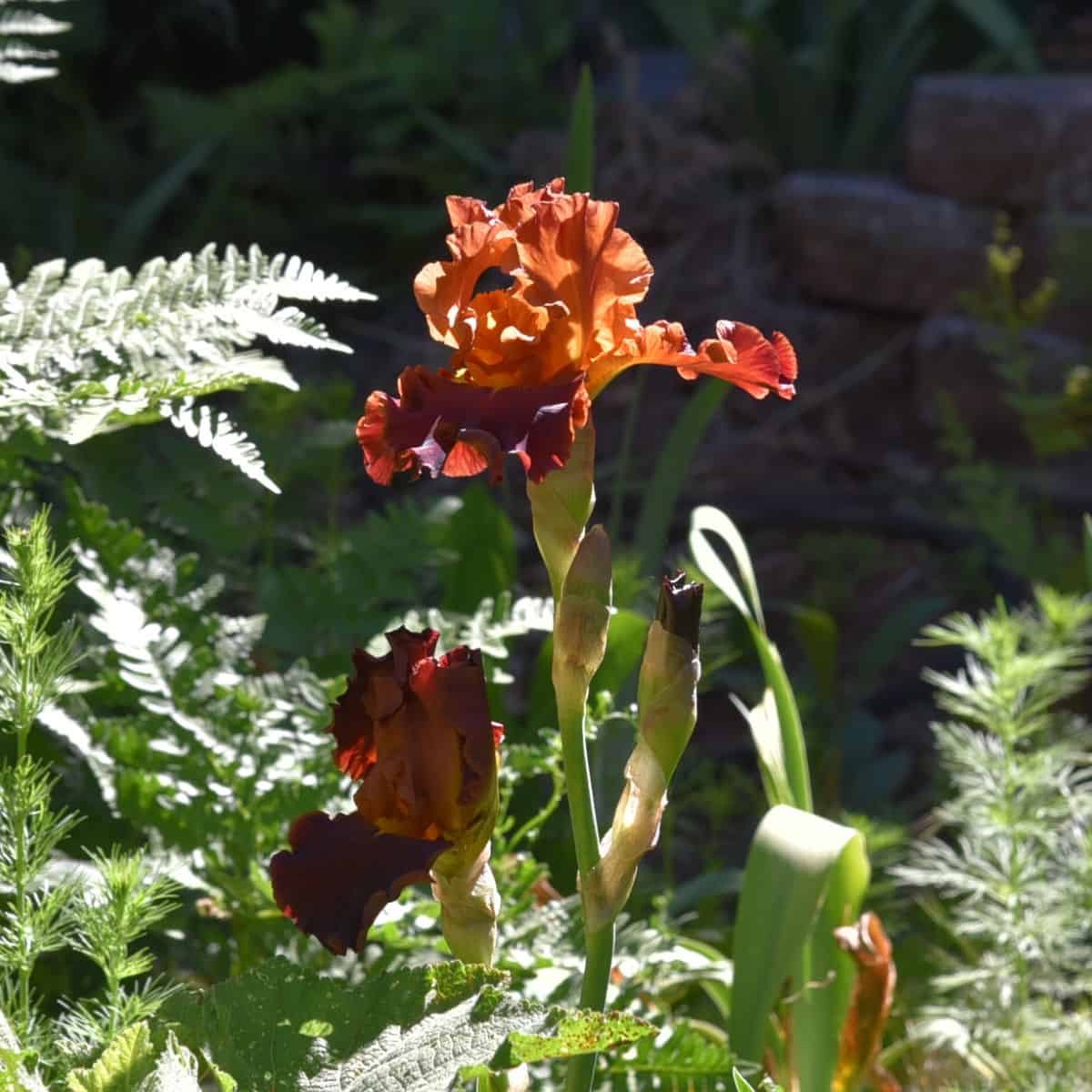7 easy Tips for Winterizing Roses – How To Protect and Care
A Step-by-Step Guide to Winterizing Roses in your garden.
Learn how to prepare your roses for winter with these simple steps. From timely pruning to protective measures, ensure your roses thrive through the cold season and bloom beautifully in spring!
What is winterizing?
Winterizing roses is the protection of your roses during the winter months.
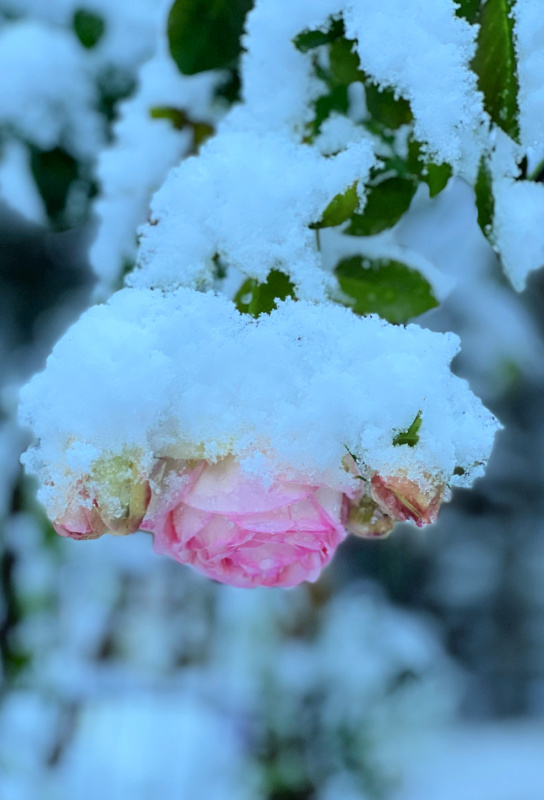
This post contains affiliate links. If you make a purchase after clicking a link I may make a small commission at no cost to you.
Late November is usually a time this is done for many, cold weather is starting to get a foothold and the roses enter dormancy.
Note I said for many, not all. Your local winter season or hard frosts may come sooner or maybe later, so it is a good idea to keep an eye on your climate and take whatever is said about when or how to protect your roses with that in mind.
Key Takeaways:
- Determine if your roses require winterization based on their specific variety and cold tolerance.
- Begin the winterization process well before the first hard freeze to give your roses ample time to adjust.
- Conduct a light fall pruning to remove dead or diseased canes, promoting health and preventing diseases.
- Clear away fallen leaves and debris to eliminate hiding spots for pests and prevent diseases from overwintering.
- Apply a layer of organic mulch around the base of your roses to regulate soil temperatures and protect the roots.
- Consider additional protection, such as rose cones or burlap wraps, for areas prone to severe winter conditions.
- Take special care with climbing and container roses, securing canes, and providing insulation as needed.
- Remove winter protection when the worst of the winter weather has passed and the threat of frost is minimal.
If you are new at this I often recommend getting local advice from those well-versed in gardening in your locale. The best way to protect your rose garden is what works in your conditions.
Before we dive into the steps for winterizing your roses, it’s helpful to assess whether your specific rose varieties require winterization in your climate. Why go to extra work if it isn’t necessary?
Once you’ve determined the need, follow these straightforward steps to ensure your roses weather the winter chill and thrive come springtime.
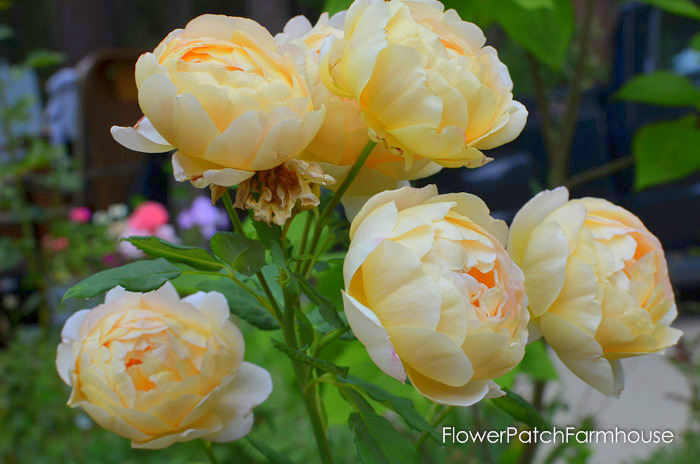
First, Do You Need to Winterize?
As I said before, not all roses require winterizing. Some varieties, especially those bred for cold climates, are naturally hardy. Hardiness zones play a part, and they are based on your average local winter temperatures.
It helps to identify the specific types you have and understand their tolerance for cold temperatures.
Needs may differ by the types of roses you are growing. Are your roses hybrid teas, shrub roses aka English roses, or tree roses?
There are also floribunda roses, climbing roses, and miniature roses. Another consideration is whether yours are grafted or not. Most hybrid teas are grafted and need protection in areas with harsher winters.
Do you get strong winds? Winter winds can play a part as well as extreme cold.
One site I love to purchase my roses from is Heirloom Roses, mainly because they sell roses grown on their own roots. And they have an entire section dedicated to roses for cold winter climates. So if you live in a cold USDA zone then you may wish to check that out here. (I am not an affiliate with them, I just love being able to get own-root roses)
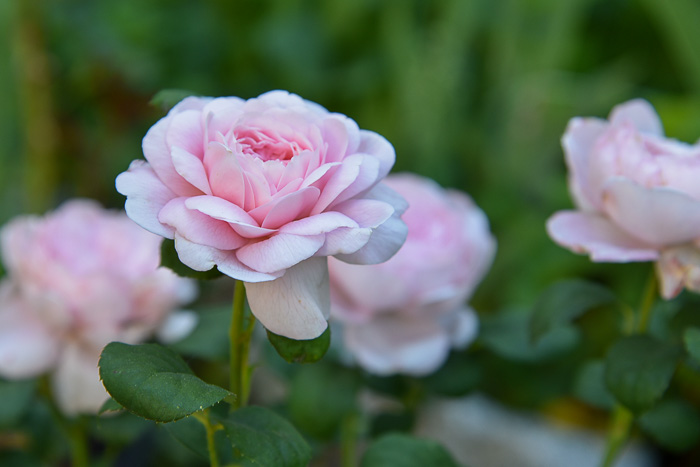
Start Preparing Ahead
For roses that do require extra winter protection, it’s best to begin the process well before the ground freezes in colder climates.
This proactive approach will give your roses ample time to adjust to the changing weather conditions. Our first frost is usually well before the ground freezes but this may differ in your garden.
Keep your roses watered until steady rain and snow begin. One of the things roses need to get through winter is to be well-hydrated.
When to Start Winterizing Roses
As the days grow shorter and temperatures start to drop, it’s time to focus on preparing your roses for the colder months ahead.
It helps to time things right. You want to aim to complete these tasks before winter hits hard but after the weather is consistently cold and the roses may be entering dormancy.
As we all know, that can differ from year to year, but you usually can track a general time frame. For some it is late Fall, for others, it may be sooner.
Keep an eye on your local weather reports, as sometimes winter can sneak up on you like it did us last year. We got a heavy, wet snow a month early and it froze solid, causing a lot of damage to many of my roses as they were not dormant yet. And I hadn’t started to winterize them.
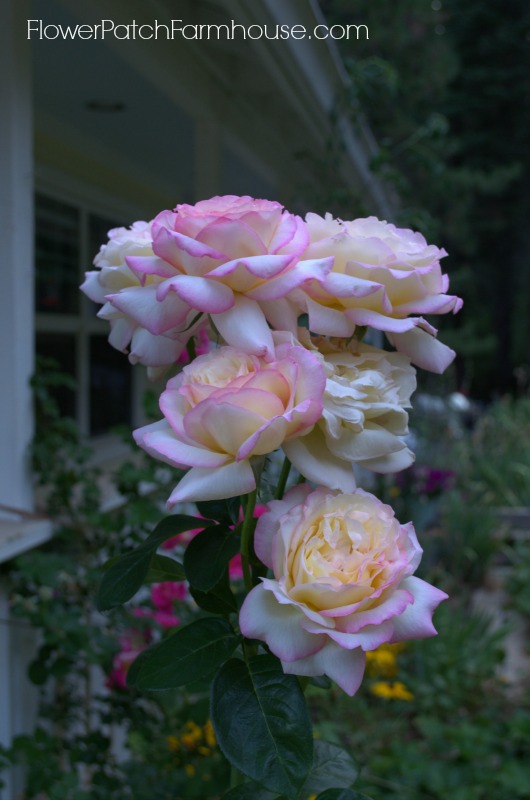
Start Early With Fall Pruning
Begin by conducting a light pruning in the fall. Remove any dead or diseased canes, as well as crossing branches. This can prevent fungal diseases from overwintering. Also, the damaged canes may be easy access for pests.
Some garden zones do this in late winter as that is when the plants are almost dormant. When I lived in Zone 9 I didn’t do this until January. Now I must do this in November.
For most, this will need to be done sometime in the Fall.
When to Prune Roses and How
Pruning techniques and timing for the best results in your garden!
Remove Diseased Plant Debris
Clearing away any fallen rose leaves or debris around the base of the rose bushes is beneficial. This eliminates hiding spots for pests and prevents diseases from taking hold during the cold winter.
Rose leaves can carry fungus infections so removing them is usually a good idea to help. Most fungus spores are carried on the wind so it won’t eliminate the problem entirely.
Use Mulch to Help Soil Temperatures
A layer of organic mulch, such as straw, pine needles, or shredded leaves, applied around the base of your roses, helps regulate soil temperatures and prevents rapid freeze-thaw cycles, which can be detrimental to the roots.
Are your roses grafted? Many are so here is some info for those.
If your roses are grafted, you need to mound soil above the graft union also called bud union, of your rose plants to prevent winter injury. This is located at the base of the plant. I typically plant my grafted roses deeper to have the union below the soil surface.
If the graft is above soil level, a soil mound is a great help in protecting it.
Protection For Harsh Winters
For colder climate areas that are prone to severe winter conditions, consider providing additional protection. A rose cone or burlap wrap can shield your plants from wind damage and freezing temperatures.
Some use a wire cage and fill it with leaves or pine needles, anything that can provide a bit of insulation.
I confess to not ever having to do this but here is an article on a rose-growing website I respect and it shows what can be done: Overwinter Roses like Shrubs
Winterizing Climbing Roses
Climbing roses require special attention. Secure long canes to prevent them from whipping around in the wind and ensure they’re well-insulated to withstand the cold.
Some even wrap the canes with burlap. In my video at the I share how I prune and secure my climbing roses before winter hits.
Winterizing Container Roses
Container-grown roses are more susceptible to freezing, so it’s imperative to provide insulation for both the roots and the container itself.
Move them to a sheltered area, like an unheated garage, or you can wrap the pot with bubble wrap or burlap.
In my zone 8 garden I do not need to do any of these things but my container tree roses I do put on my covered porch so the heavy snows don’t snap the main stem.
Related: How to Grow Roses in Pots
Remove Winter Protection at The Right Time
Not only do you need to be timely with when you protect your roses but the timing of removing it is important too.
Don’t be too hasty in removing winter protection. Wait until the worst of the winter weather has passed and the threat of frost is minimal.
This will prevent your roses from being exposed to late-season cold snaps. Early spring can be tricky so give it some time and try to keep an eye on the weather.
When it is warming up and the threat of hard freezing is behind you it is safe to remove things like the mounding of soil, rose cones, or burlap.
Final Thoughts
With proper winterization, your roses will emerge from their winter slumber healthier and more vibrant than ever.
Remember to tailor these steps to the specific needs of your rose varieties, and your local gardening conditions.
If you do, your garden will be a riot of color and fragrance come springtime.
My favorite piece of advice when buying new roses for your garden is to research what grows well with little work on your part. This makes for an easier time gardening which enhances your enjoyment of it.
There are tons of rose varieties for different gardening situations and there are most likely beautiful roses that will thrive easily in your area.
Happy gardening!
